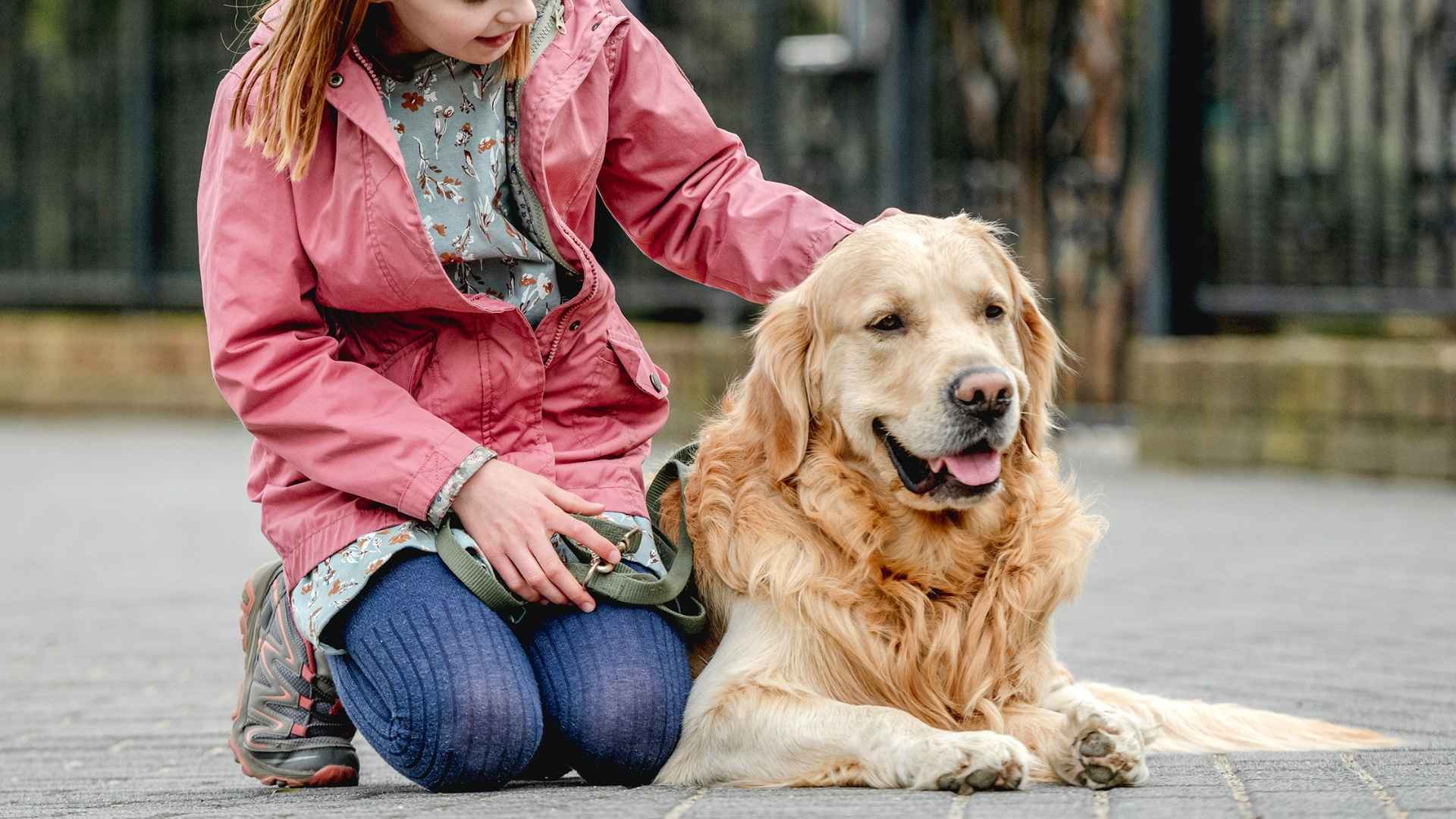Some dogs go beyond playtime and cuddles—they heal hearts. Therapy dogs are the unsung heroes of hospitals, schools, and even disaster zones. Their mere presence can lower blood pressure, ease anxiety, and bring light into the darkest corners of people’s lives. But what makes a great therapy dog? It’s not just a gentle demeanor—it’s unwavering devotion.
These four-legged comforters know how to sit quietly beside a grieving patient or brighten a child’s face with a tail wag. They don’t just offer affection; they offer presence, loving nature, and unwavering loyalty. While all dogs have the potential to love, some breeds seem born to comfort. With soft eyes, calm energy, and an innate sense of when someone needs a paw to hold, these devoted companions are nothing short of remarkable.
Let’s dive into the best therapy dog breeds known for their emotional intelligence and therapeutic nature. Whether you’re seeking a therapy dog for professional work or just to bring peace into your own home, these deeply loyal breeds may be the most wonderful companions you’ve been longing for.
Devoted Therapy Dog Breeds
1. Poodle
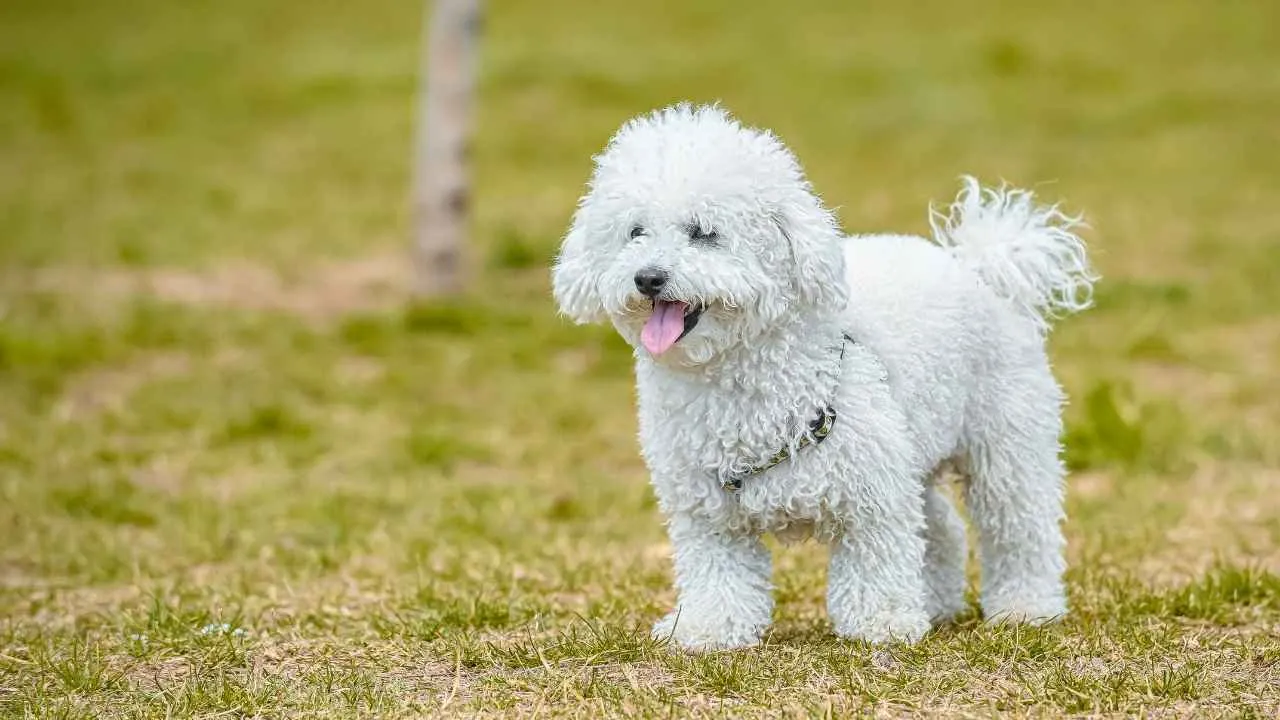
Don’t let their fancy haircut fool you—Poodles are more than just pretty faces. Underneath that curly coat lies one of the smartest, most emotionally intuitive breeds around. Whether it’s the Toy, Miniature, or Standard variety, Poodles have a unique ability to tune into human emotions and react with sensitivity and grace.
Poodles thrive on connection, and they genuinely love being part of someone’s emotional journey. They’ll snuggle on a couch with you one minute and gently nudge you out for a much-needed walk the next. It’s like having a therapist and personal trainer in one fluffy package.
This small breed excels in various canine sports, especially agility and obedience training, which provide both mental and physical stimulation. Due to their high intelligence, it’s essential to keep their minds engaged alongside their physical activity to prevent potential behavioral issues that may arise from boredom.
The Poodle thrives in a home with active owners who can commit to daily physical activity and mental stimulation. Ideally, this would be a household with several adults or older children who can regularly engage with the dog through play and interaction.
Hillspet notes that their hypoallergenic coat is also a win for people with allergies, and their eager-to-please attitude makes training a breeze.
2. Newfoundland
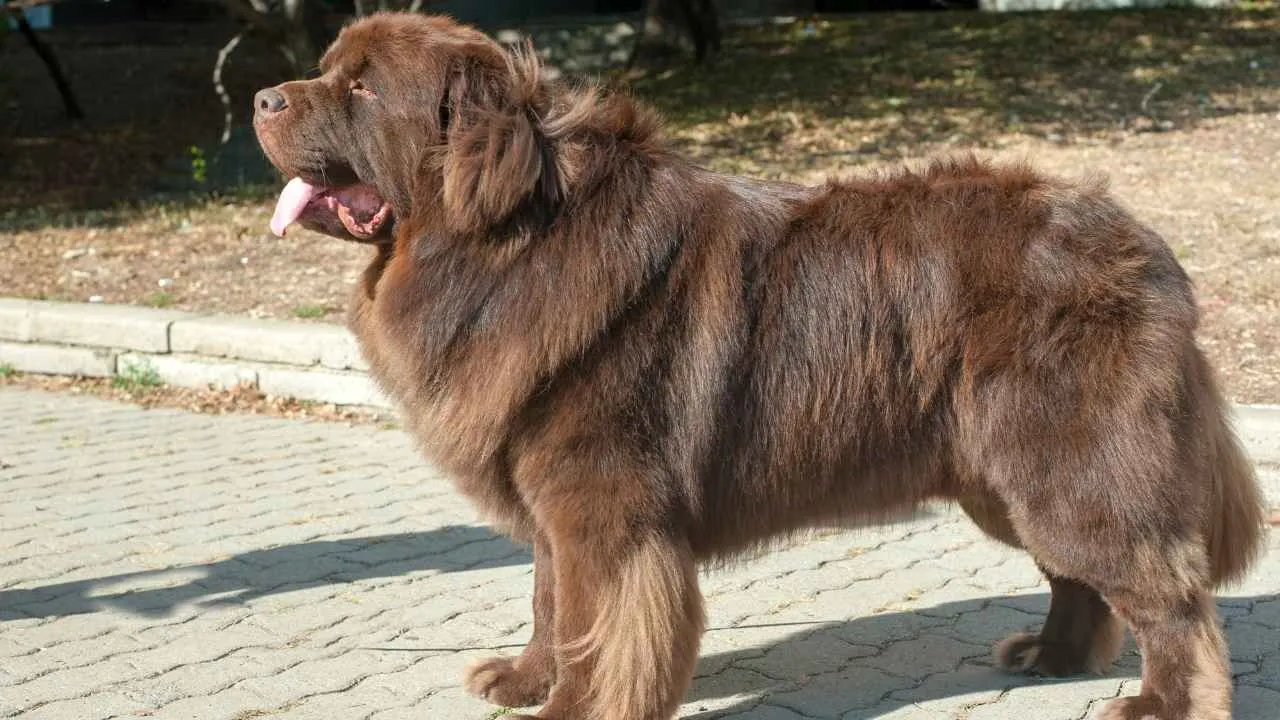
Affectionately called “Newfies,” these enormous fluff-balls are often described as nanny dogs—and for good reason. With their calm temperament, patient nature, and deep affection for humans, Newfoundlands are like living, breathing weighted blankets.
Newfoundlands are large, powerfully built dogs with a strong, muscular frame and a double coat, featuring a longer outer layer and a dense, shorter undercoat. Though their size might be intimidating to some, their hearts are nothing but soft.
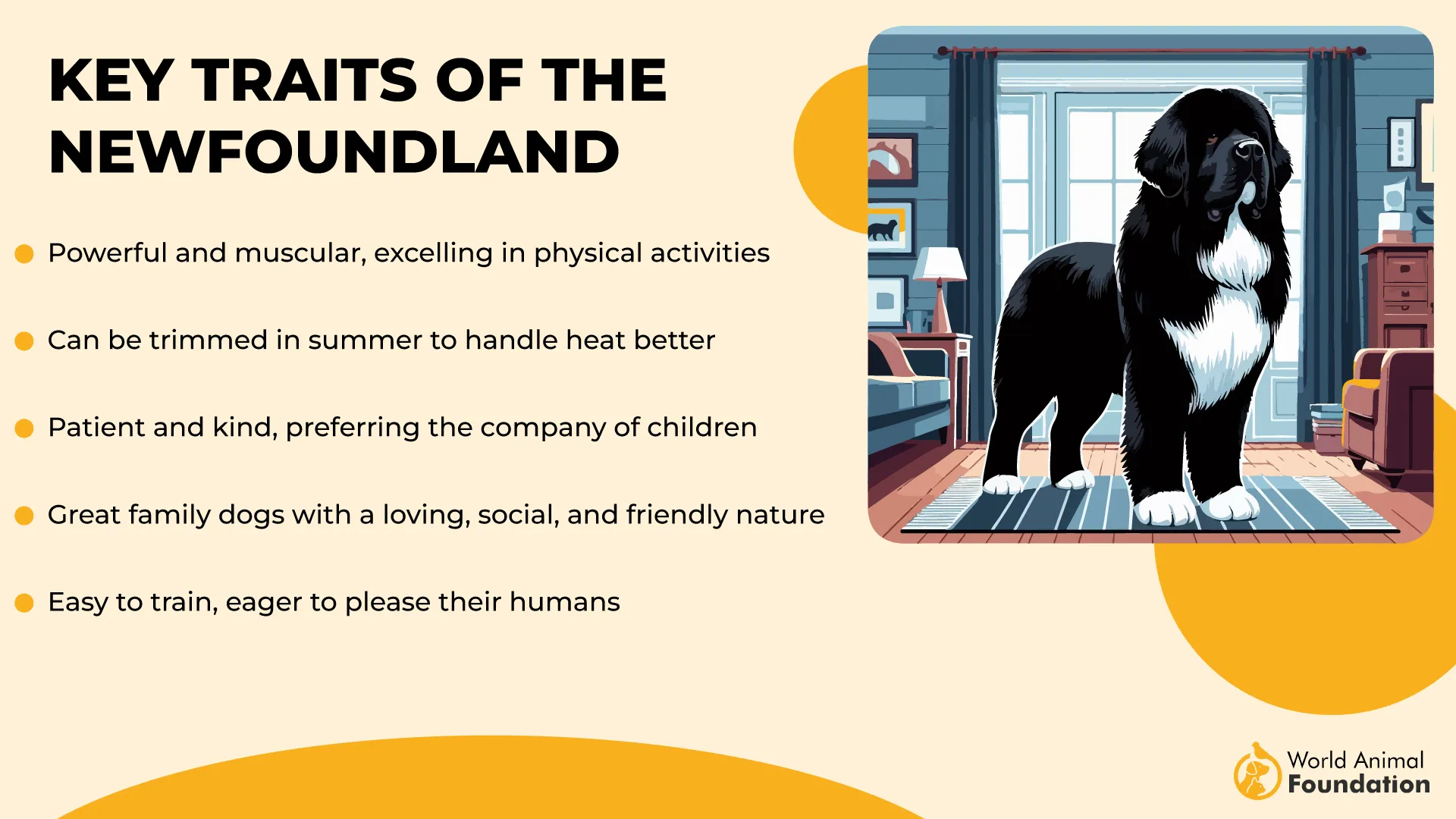
They’re particularly great with children, seniors, and individuals dealing with anxiety or PTSD. A Newfoundland won’t just sit beside you—they’ll lean in, gently and protectively, as if to say, “I’ve got you.”
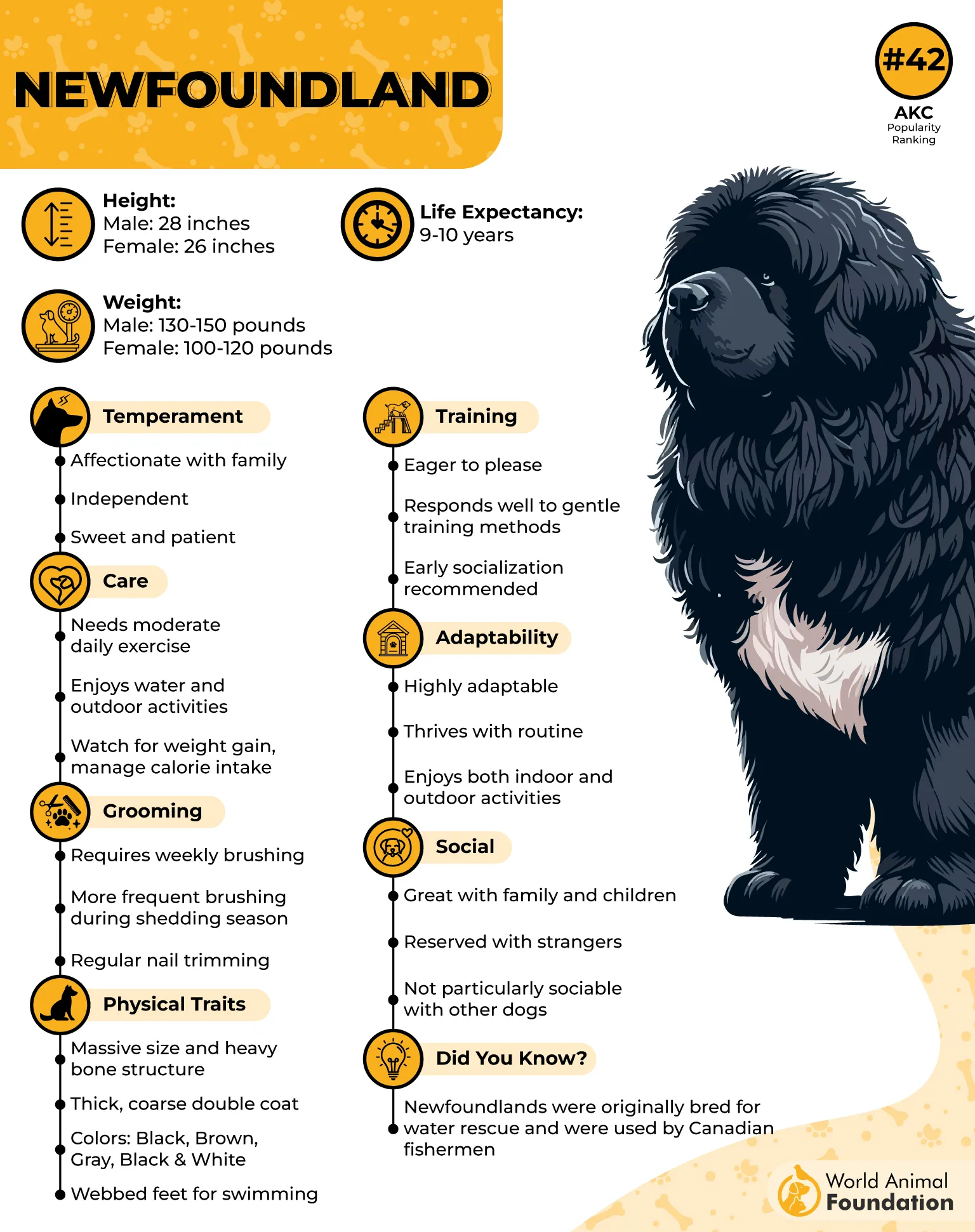
While typically warm and open, Newfoundlands are also naturally alert and may bark to signal the presence of a stranger. However, once they see their owner welcome someone new, they usually warm up quickly and show their affectionate side.
They may drool a little more than your average pup, but what’s a little slobber compared to that giant, comforting presence?
3. Cavalier King Charles Spaniel
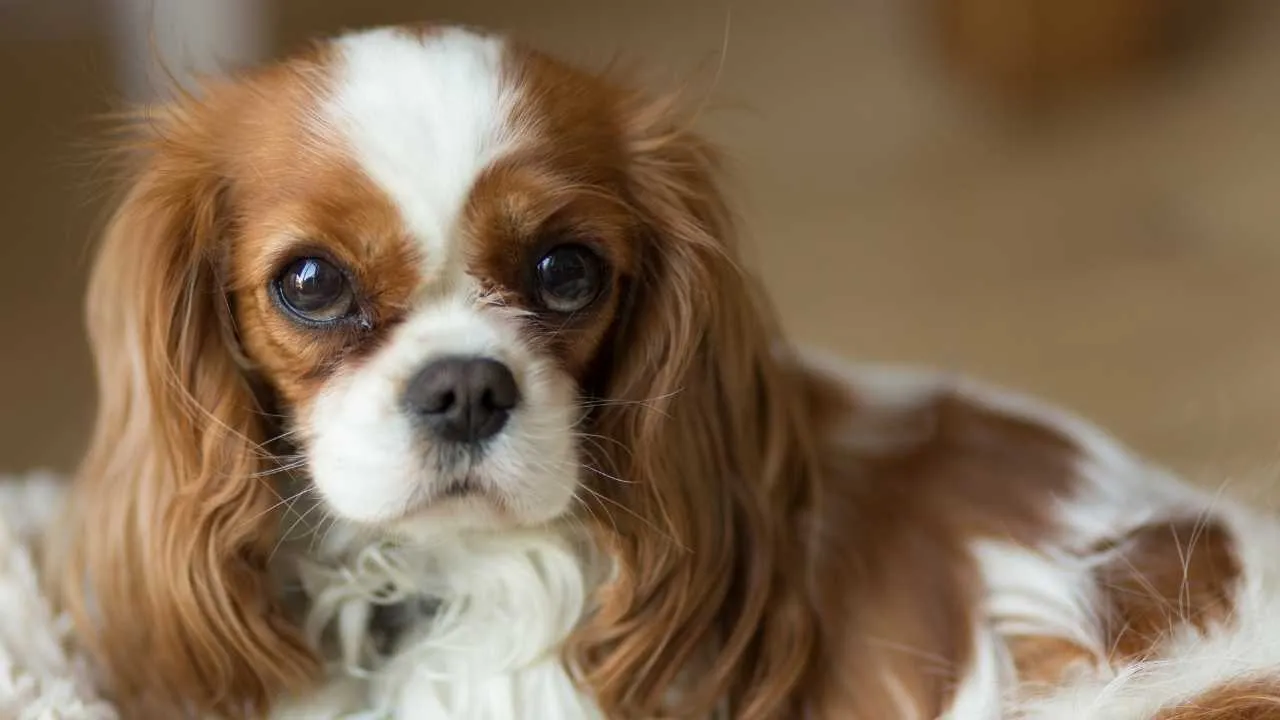
Elegant and sweet, the Cavalier King Charles Spaniel is the definition of a lap dog, and they wear their crown with charm. These most loyal dogs were practically bred for companionship, and their intuitive, affectionate nature makes them ideal therapy pets.
If you’re feeling down, they’ll curl up on your chest and look at you with those big, soulful eyes that say, “Everything will be okay.” Their small size means they’re welcome in more therapy settings, including hospitals and retirement homes, where space might be limited.
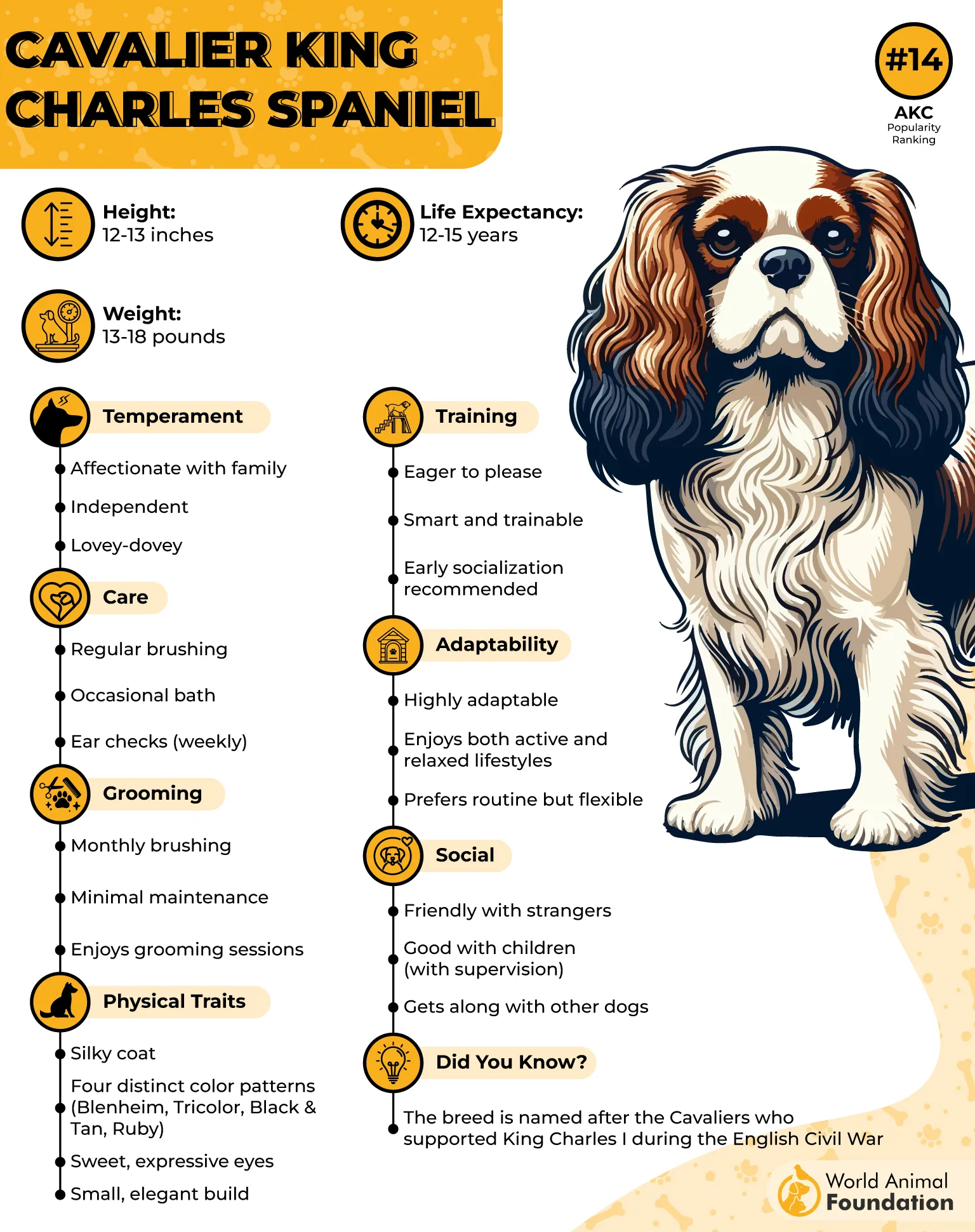
They get along well with other dogs and even cats, and are just as content living in a spacious home as they are in a cozy apartment. Cavaliers need a moderate level of exercise, and typically, two 20- to 30-minute walks a day are enough to keep them healthy and happy.
They don’t bark much, they don’t require extreme exercise, and they’re just happy being near you. In the world of therapy dogs, the Cavalier King Charles Spaniel is pure, unconditional love in a silky, royal package.
4. Pug
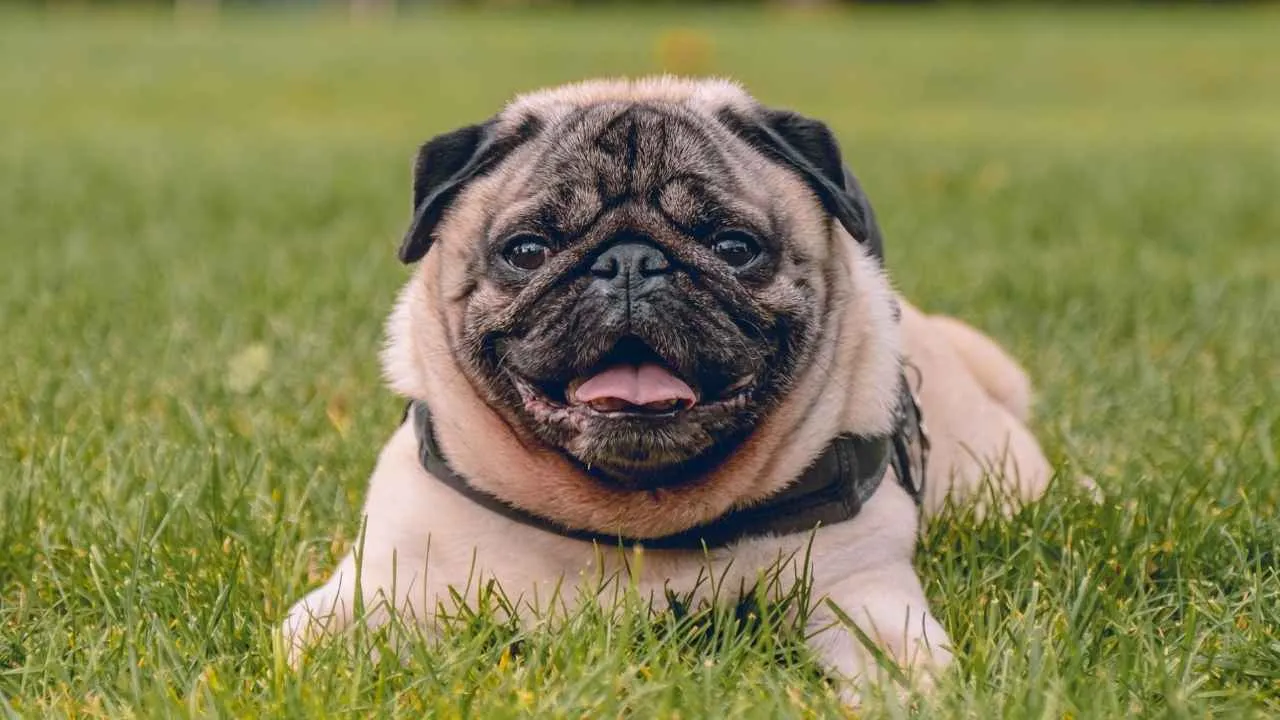
If joy came in dog form, it would probably look like a Pug. Once beloved by royalty across the globe, the Pug has remained a popular and charming companion to this day.
With their wrinkly faces, squishy noses, and expressive, soulful eyes, Pugs are practically built for making people smile. But don’t mistake their comedic charm for silliness—these little dogs also have an incredibly loving nature and are emotionally attuned to their humans.
Pugs thrive on affection and absolutely live to be close to their people. They’re not high-maintenance when it comes to activity, which makes them perfect for individuals who may be older, have mobility challenges, or simply need a warm snuggle buddy during a tough day.
They form strong bonds with their owners and will follow you from room to room like a tiny shadow, offering comfort with every wag and wheezy sigh.
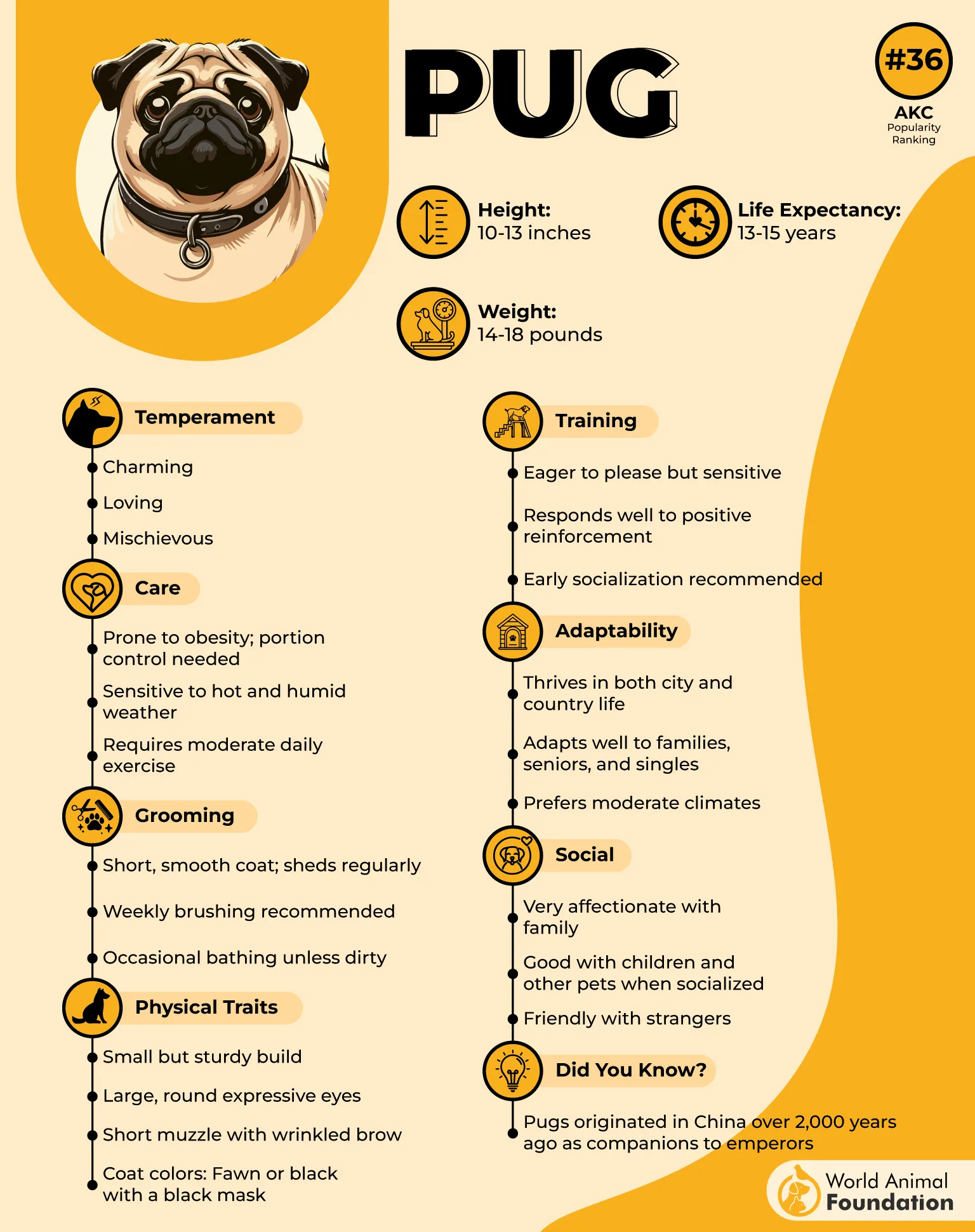
As per PetMD, Pugs are a brachycephalic breed, meaning they have a short muzzle, flat face, narrow nostrils, and restricted airways—often accompanied by an elongated soft palate. This skull shape can make breathing more laborious compared to dogs with longer muzzles.
Whether they’re curling up in your lap or gently resting their chin on your knee, a Pug has a way of saying, “I’m here, and everything is okay.”
5. Beagle
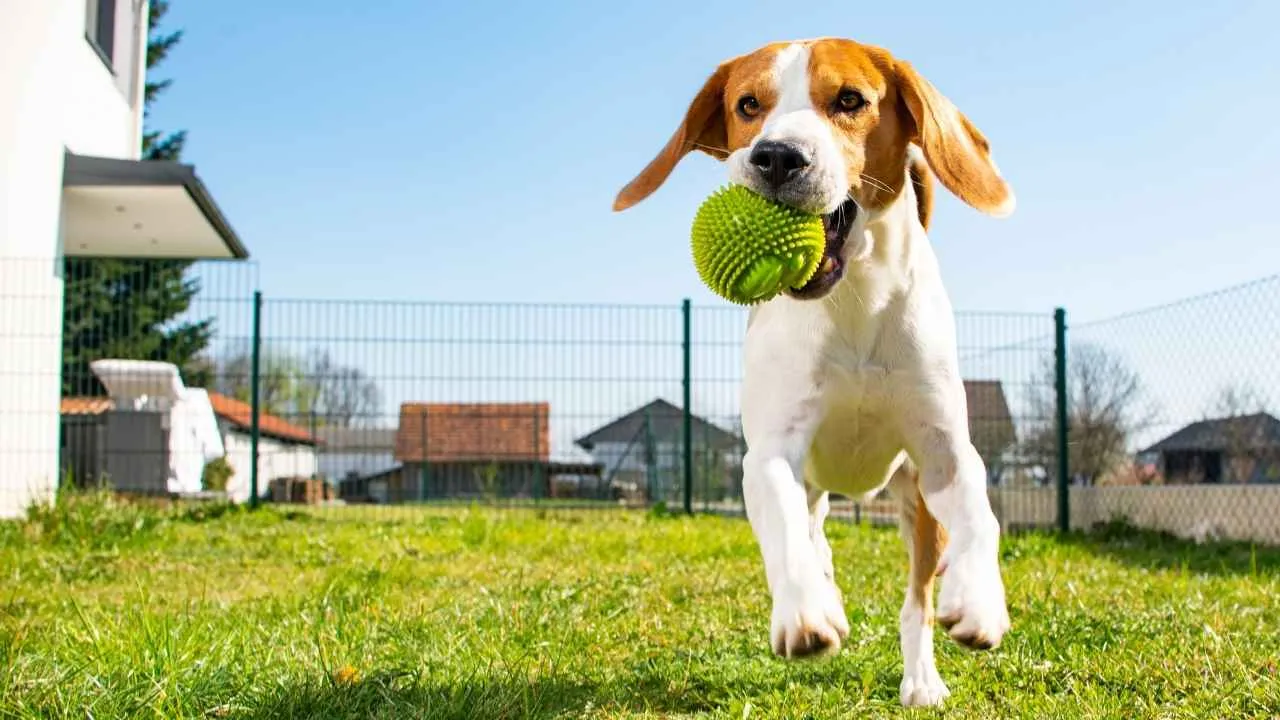
Beagles might be famous for their floppy ears and detective-like noses, but beneath that scent-hound spirit lies a loving, incredibly loyal soul. Their warm, curious nature makes them excellent therapy dogs, especially for children and those who need a touch of lightheartedness in their lives.
What makes the Beagle unique is their ability to sense when something’s off. A Beagle’s temperament and behavior are deeply rooted in their history as a hunting dog.
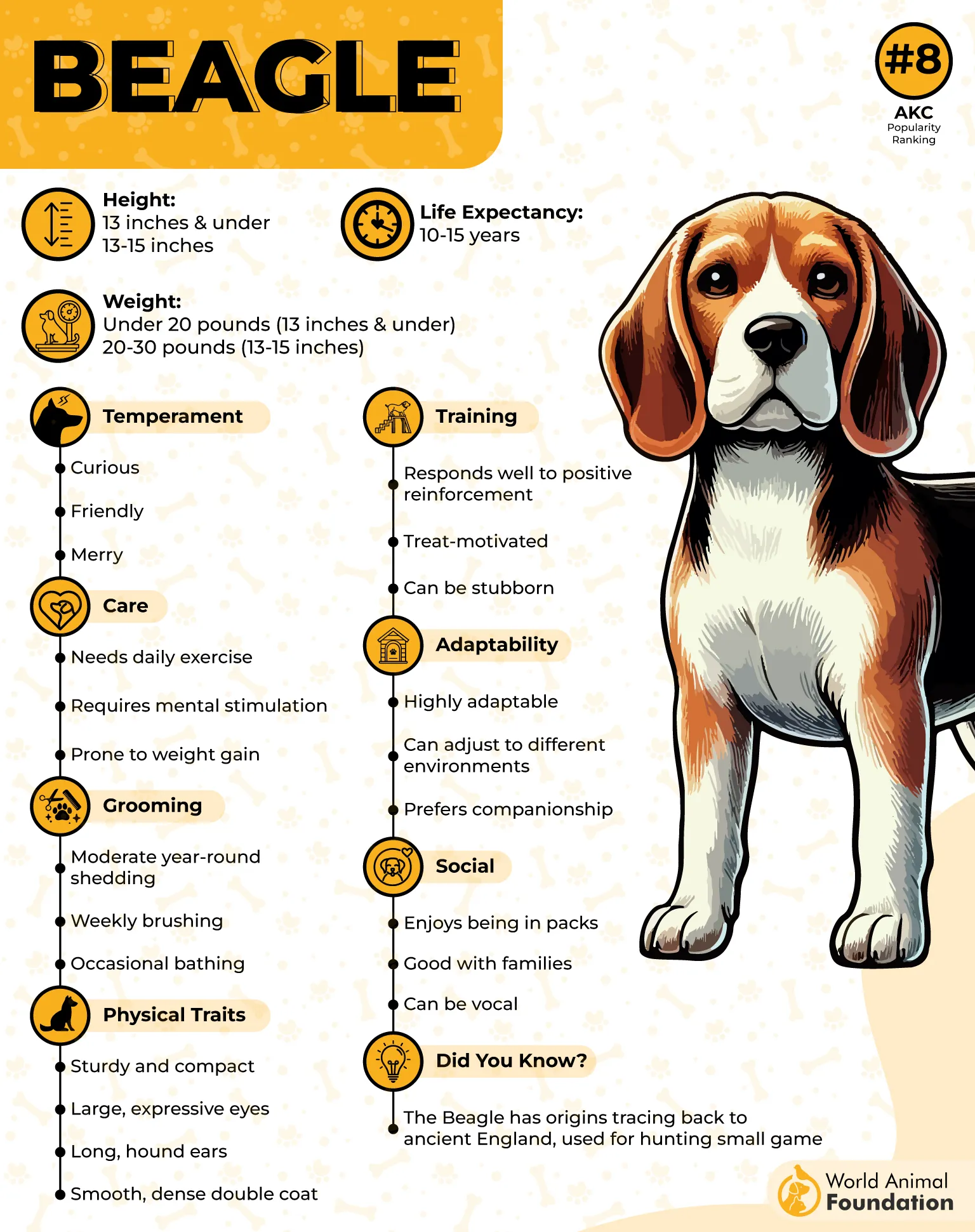
They’re pack dogs by nature, meaning they feel most complete when they’re part of a close-knit group, like a family or someone in need of companionship. Beagles are especially good at keeping people engaged, encouraging gentle activity and interaction with their friendly, playful energy.
Training is crucial for Beagles, and while their intelligence allows them to learn quickly, they can also be independent and a bit stubborn. Positive reinforcement, especially with tasty treats, is a highly effective way to encourage good behavior and keep them engaged.
They might be known for their howl, but Beagles are great at tuning their temperament to the environment—calm and quiet when it matters most, and cheerfully wagging when it’s time to lift the mood.
6. Golden Retriever
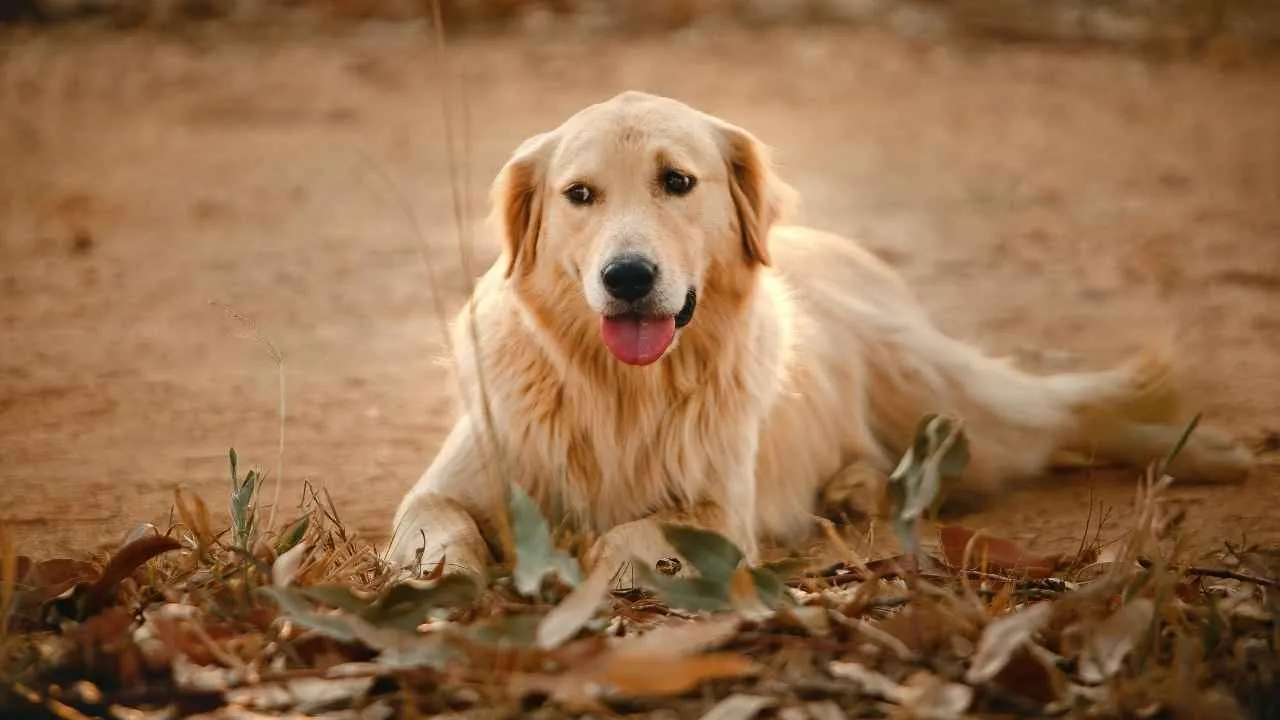
Originally bred in Scotland in the 19th century, Golden Retrievers are one of the most popular therapy dog breeds in the world. With their ever-wagging tails, intelligent eyes, and gentle temperament, Goldens seem to have an almost magical ability to sense when someone needs comfort.
Affectionately known as “Goldens,” they are beloved family dogs and medium-sized sporting breeds, typically weighing between 55 and 75 pounds. Their natural empathy also makes them excellent therapy and emotional support dogs.
These service dogs are incredibly affectionate, which makes them perfect for therapy in hospitals, schools, or nursing homes. Whether a child is struggling with anxiety or a senior is feeling lonely, a Golden will simply be there, offering a soft head to pat, a warm body to lean on, and a calming presence that says, “I’ve got you.
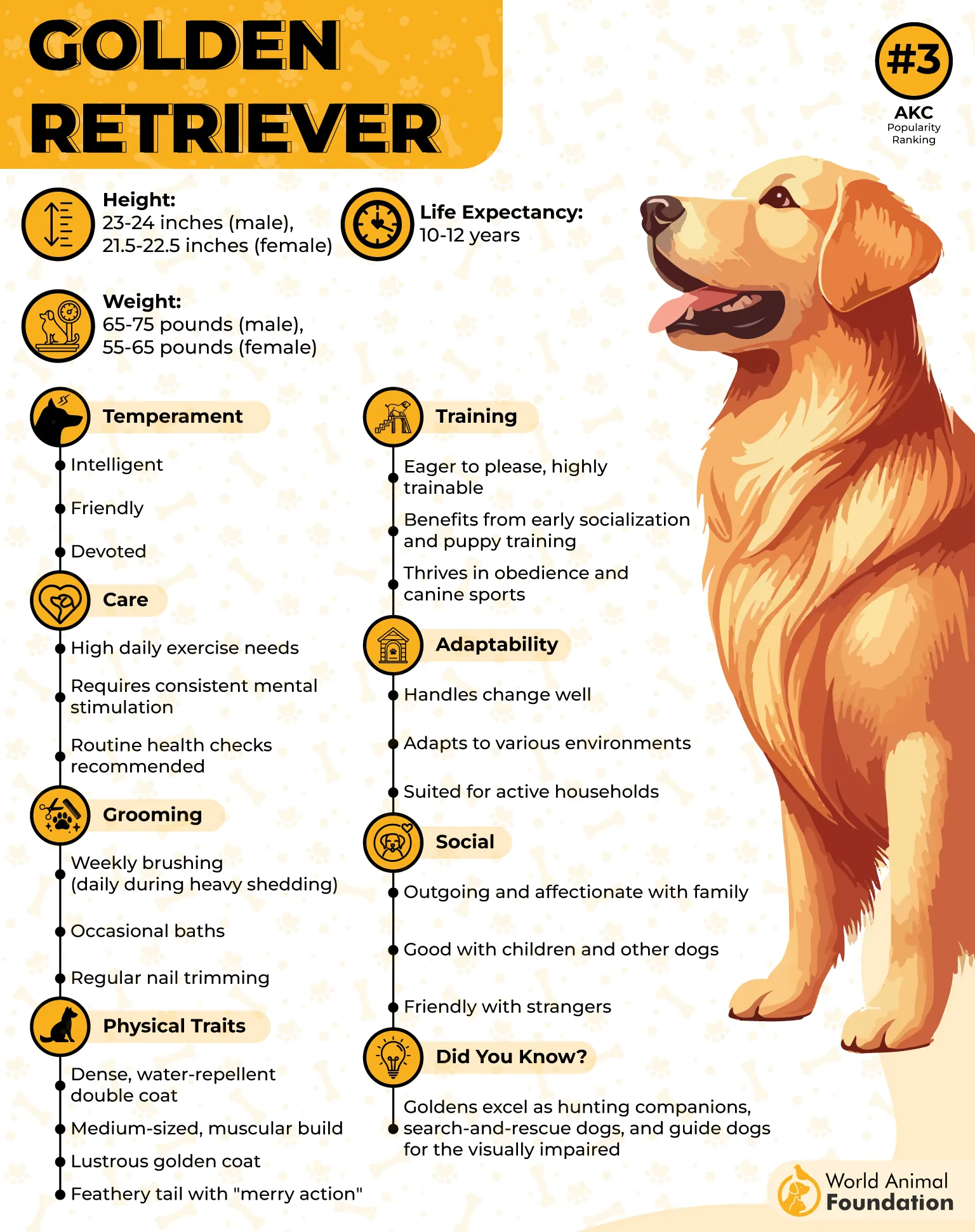
They have a thick double coat that sheds heavily year-round, especially during seasonal changes. This coat is also prone to matting, particularly behind the ears and on the hind legs. As a result, Goldens need regular grooming—whether done at home or by a professional—to maintain a healthy, tangle-free coat.
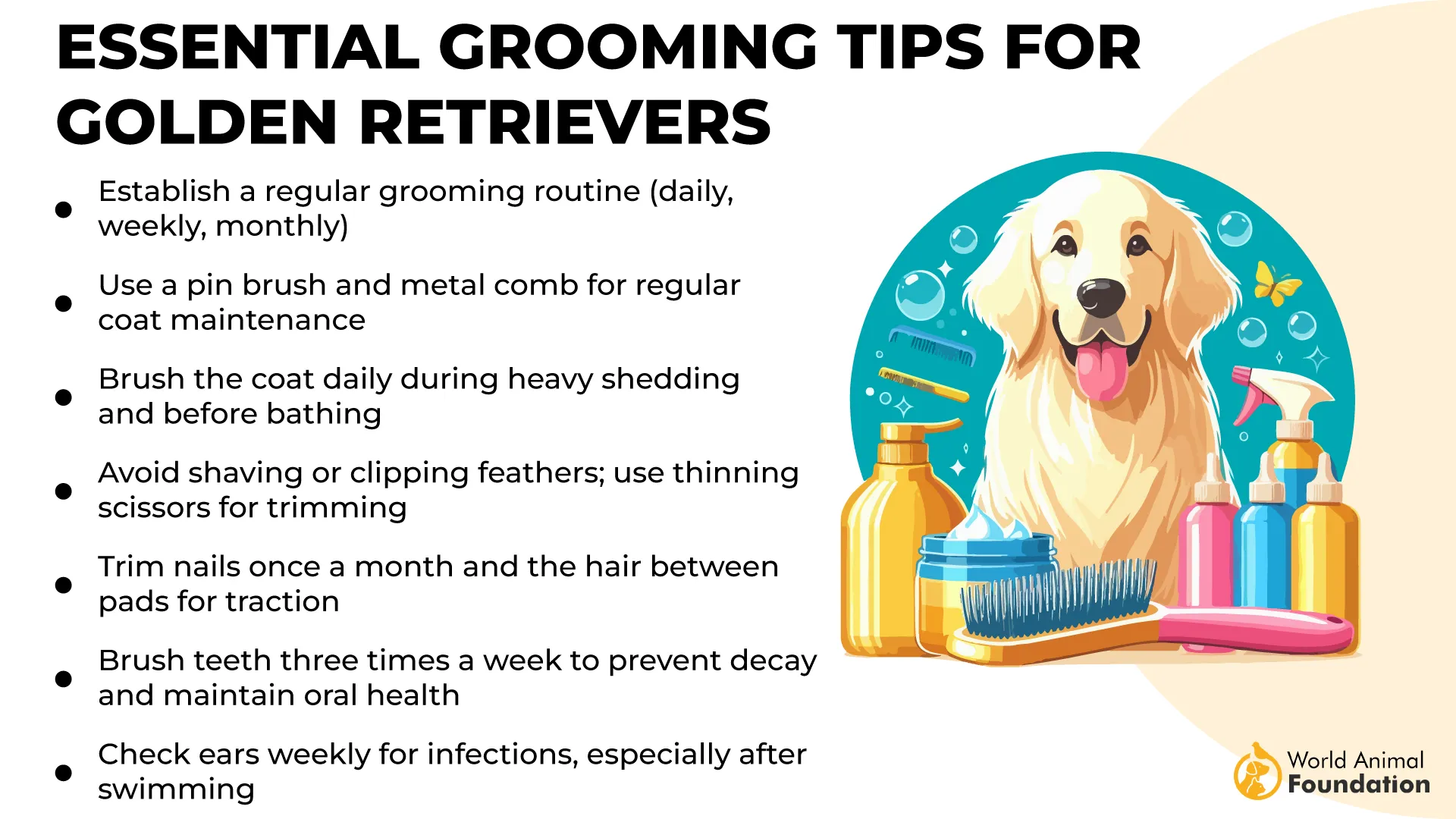
Training a Golden is also a dream. According to Wikipedia, Golden Retrievers are known for being excellent family dogs as they form strong bonds with their human families. They are typically very tolerant of children and eager to join any family member in a wide variety of activities.
7. Boxer
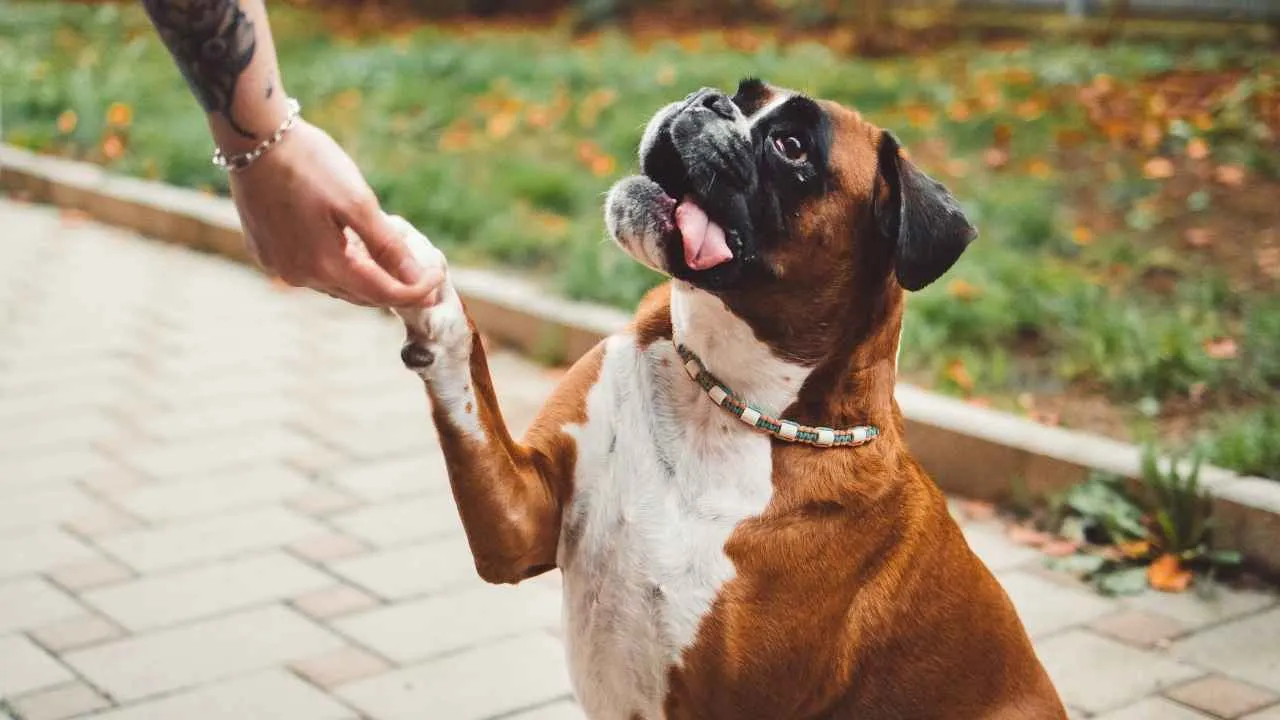
At first glance, Boxers look like they belong more in a superhero movie than a therapy room. Muscular, alert, and full of energy, they might not strike you as your typical therapy dog, but don’t be fooled.
Boxers are considered a medium-sized breed, typically weighing between 65 and 80 pounds and standing about 21 to 25 inches tall. Behind that athletic build lies one of the most intuitive, affectionate, and loyal dog breeds you’ll ever meet.
The Boxer makes a great psychiatric service dog due to its sensitivity, alertness, and natural ability to provide both companionship and emotional support. Boxers are incredibly people-oriented. They form deep emotional bonds with their owners and are often described as emotional mirrors, reflecting your mood and offering comfort just when you need it most.
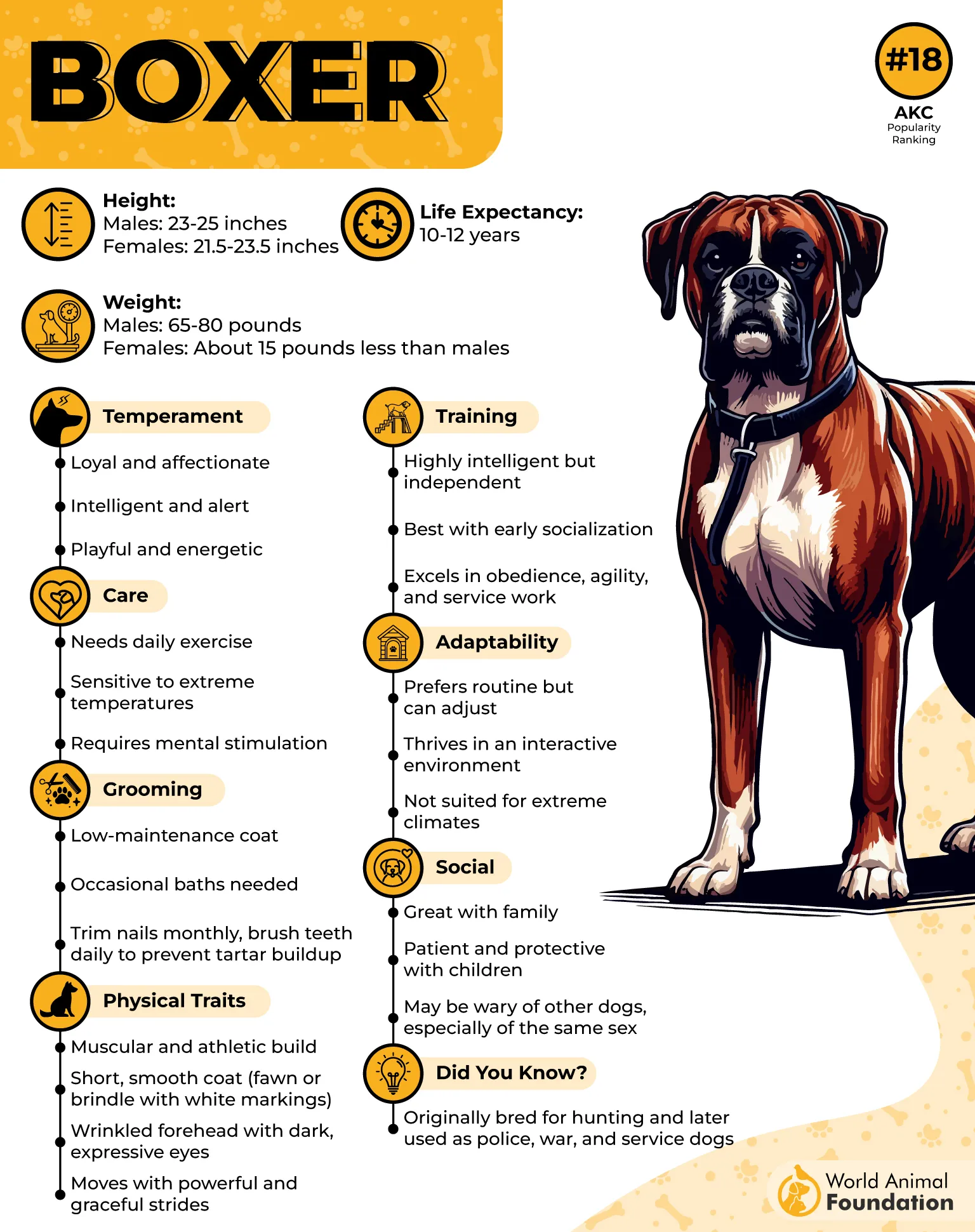
They’re especially great with children and teens, bringing a mix of playfulness, protection, and gentle love that few breeds can match.
While they have an active nature that requires plenty of activity, they are low-maintenance when it comes to grooming, thanks to their short coat.
Plus, their goofy antics and expressive faces are guaranteed to bring a smile, even on the hardest days. A Boxer may bounce into your heart with playful energy, but they’ll stay there with their unwavering devotion.
Conclusion
Devoted therapy dog breeds play an essential role in enhancing lives through human interaction, emotional support, and unwavering companionship. Certain breeds like the Labrador Retriever, German Shepherd, and Doberman Pinscher are among the most loyal breeds, known to form strong bonds and become fiercely devoted to their owners. These fiercely loyal and naturally protective dogs often bond closely with one person, displaying traits of velcro dogs—always near, always watchful. Whether acting as emotional support animals, guide dogs, or protective dogs, their deep bond and protective instincts make them excellent guard dogs and great family dogs when properly trained.
Breeds like Border Collies and other high-energy dogs thrive on mental stimulation and dog sports, using their strong herding instincts and drive to herd sheep or guard livestock. Meanwhile, big dogs with devoted natures often prove to be family companions that offer deep loyalty and a calming presence. Even French Bulldogs, though compact, can be incredibly sensitive and great family pets in the right environment. Ultimately, the dog’s personality, not just the breed, determines their success as devoted dogs, especially when given proper training and love. With the right care and understanding, these loyal dog breeds not only serve but also become irreplaceable parts of the family.


